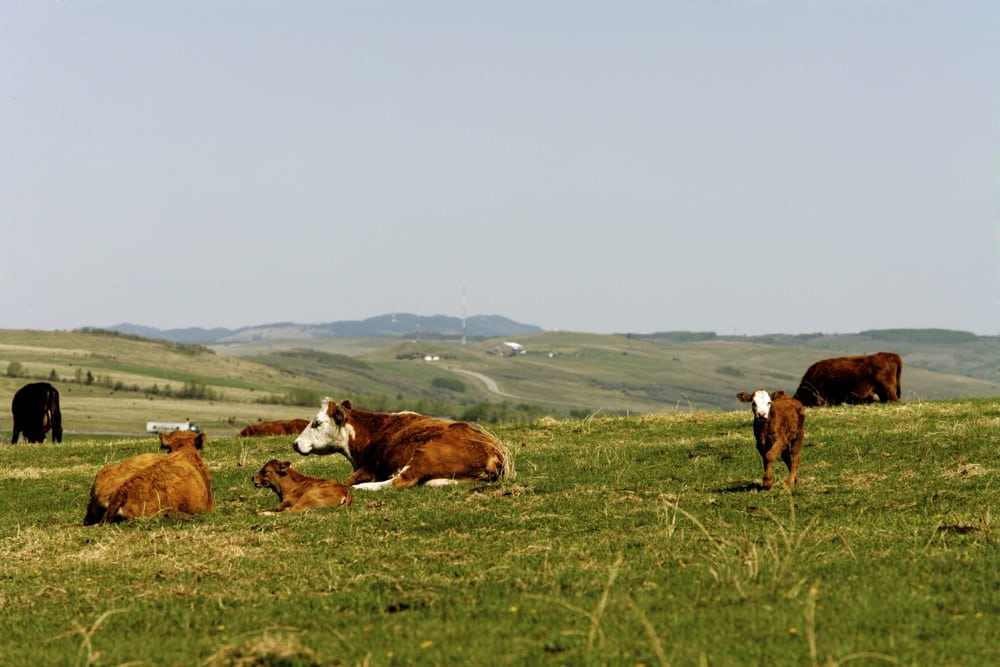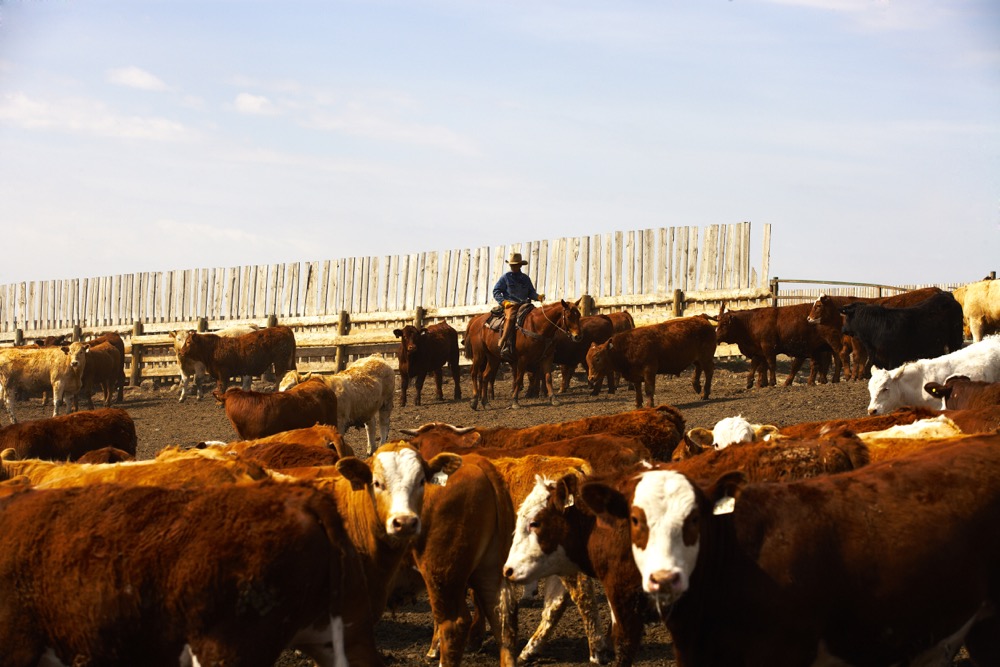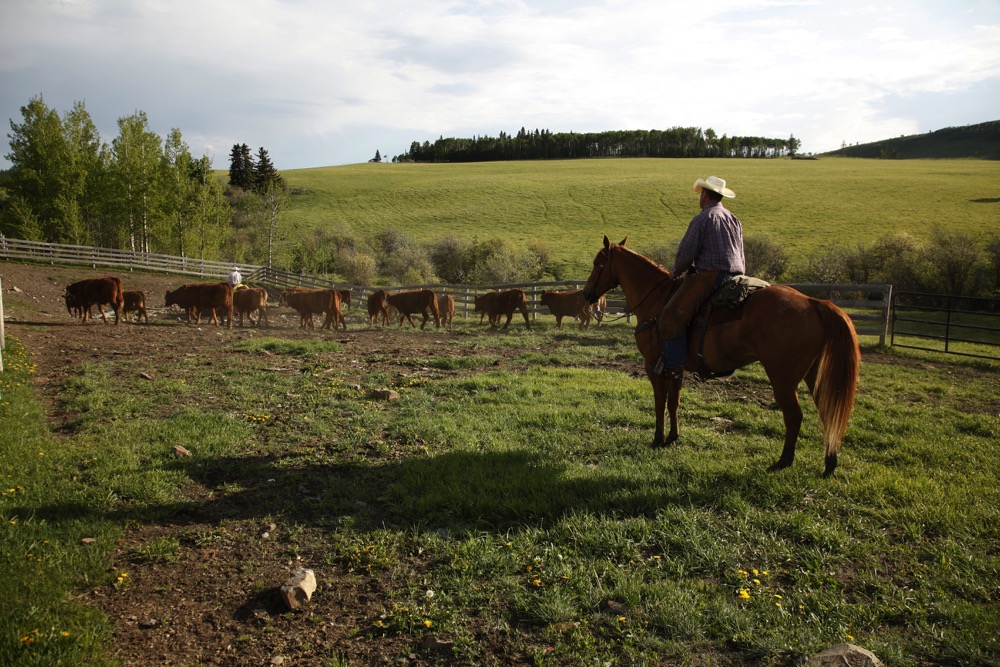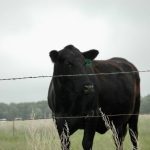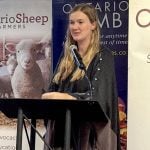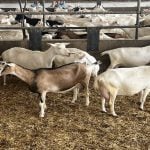This is the first in a two-part series on the issues currently of interest to Alberta Beef Producers ahead of its producer meetings. Read the second story here.
With much of Alberta plagued by drought conditions in 2021, Alberta Beef Producers (ABP) is prioritizing the creation of more effective business risk management options.
The organization is discussing improvements to existing programs with the provincial government, and aiming to fill the void of risk management tools specifically developed for young producers.
Read Also
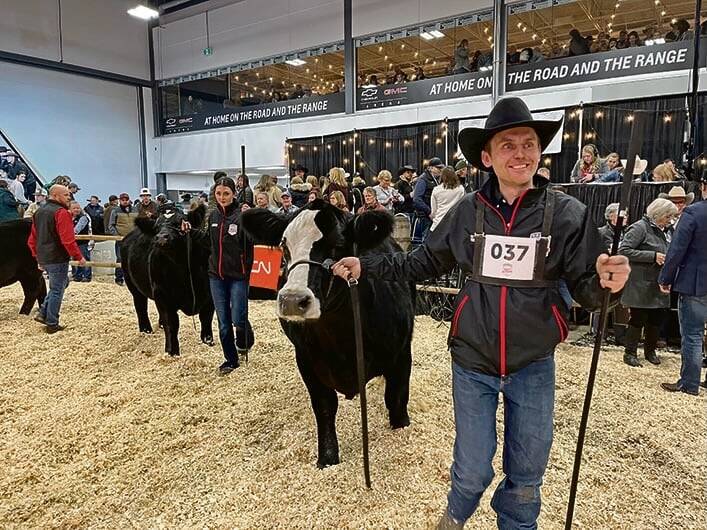
What to know before you go to Agribition 2025
If you’re attending Agribition 2025, this is the place to find out about tickets, dates and what’s happening this year.
“They tend to have the highest debt load, and it’s difficult bringing young producers into this industry,” says ABP chair Melanie Wowk.
“They don’t know what their income’s going to be, the price of land’s gone up, the price of inputs has gone up, so they’re carrying a lot of debt,” she explains.
“So what we are asking the government is for a reasonably priced insurance that’s responsive to the economic losses and that’s effective at shielding producers from market and input variability.”
Current risk management programs haven’t worked as well as anticipated, Wowk notes. Livestock price insurance, for example, hasn’t had as much uptake due to affordability issues, while AgriStability and AgriRecovery have been “a little slow at providing what producers need to cover their bills,” she says.
“We’re hoping for something that’s maybe a little bit more responsive, something that triggers a little bit more quickly.”
*
In advocating for producers, ABP is also focused on finding solutions for profit-taking at packing plants and the discrepancy between live cattle prices and retail beef prices.
“We know that during COVID there was a backup in the packing industry because the workforce was being reduced…Beef consumption went up, which is great news — people were willing to pay more for it, and that’s what the market was bearing,” says Wowk.
“Unfortunately, cattle prices didn’t follow, and we are price takers, and so there was a big difference between what we and what the feedlots are getting for their live cattle as compared to what’s going out the door at the other end.”
While solving this is challenging within a free market economy, she says, ABP is taking cues from a plan to address this issue south of the border. Early in January, U.S. President Joe Biden announced a new initiative to promote competition within the U.S. meat industry and support producers and independent processors by spreading profit throughout the value chain. Methods to do so include fair pricing from the packing sector, increasing capacity for mid-sized abattoirs and allowing producers to invest in the packing chain.
However, this approach raises opposition from producers who are resistant to market intervention. “We work in a free market. Beef producers have told me they don’t want the government to dabble in that to try and change things,” says Wowk.
These issues and others will be discussed at ABP’s upcoming in-person producer meetings, scheduled throughout late January and early February, with a virtual meeting for producers from all zones set for February 10. Producers are asked to register online to attend the in-person zone meetings.




